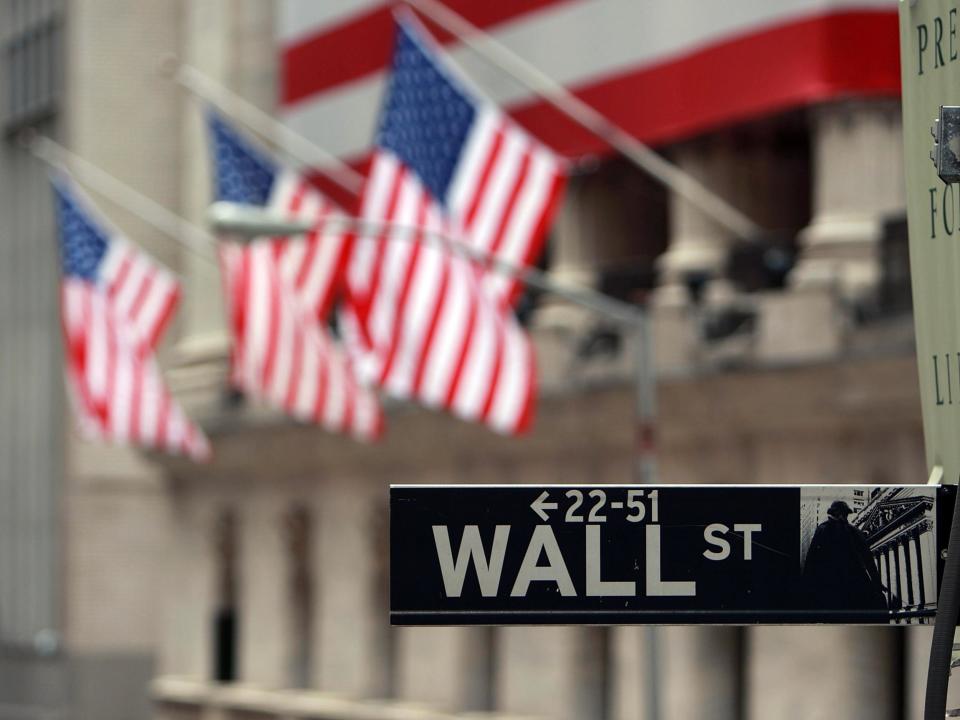Government shutdown starting to hit exactly where Trump doesn't want it to - Wall Street
For the hundreds of thousands of workers left without pay as the US government shutdown becomes the longest in American history, the primary concern will be how to pay bills, rent and support their families. But while many are struggling to make ends meet Donald Trump may be casting a worried glance towards Wall Street.
Gloating about the economy has been one of Mr Trump's primary means of showing America his presidency is working. Ignoring the fact that many of the metrics used, such as job growth, were also on an upward trend under Barack Obama, Mr Trump spent much of last year talking about record stock market numbers and the buoyant jobs figures.
Wall Street has had a volatile few weeks, amid fears over Mr Trump’s trade dispute with Beijing and a slowing Chinese economy. The shutdown is another shock to the system. Alongside the border wall, new jobs and a healthy economy were two of his biggest campaign promises.
The shutdown is starting to bite, with some talking of the “financial pain” of the closure.
“We think a deal will be reached to reopen the government, but only after economic, financial and/or political pain is felt,” Joseph Song, an economist at Bank of America Merrill Lynch, said in a note to clients. “Every two weeks of a shutdown trims 0.1 [percentage points] from growth,” he added.
JP Morgan has already lowered first-quarter GDP estimate to 2 per cent from 2.25 per cent. “The primary reason for the downward revision,” it said, “is the economic impact of the ongoing shutdown of the federal government”.
Airlines are starting to talk about the effect on their corporate travel business, with many gaining from contractors and others flying into Washington DC for government work that is not currently taking place. Defense companies who rely on agencies, such as Nasa, will also be affected. Moody’s, the credit rating agency, has said that companies will lose money on projects currently halted.
On Friday, stocks opened lower for the first time in six days, and while China and a number of other situations will have an effect, the shutdown will not have helped.
As for those jobs numbers, the shutdown could end a 99-month streak of job growth which started in October 2010. That is the longest run since records began in 1939, but it could all be over if hundreds of thousands of people are dropped from federal payrolls over the closure.
Monthly payroll growth has averaged 215,000 during the past five years. About 380,000 employees were expected to be placed on unpaid leave, according to the contingency plans posted by affected federal agencies before the shutdown began on 22 December.
If that number is removed from the federal payroll of 2.8 million, it could negate all private-sector job creation and leave an overall fall in employment.
The effect on the jobs numbers would be temporary, but it would certainly make the president take notice. Reeling off job statistics is one of his favourite things, whether that is at rallies, or on Twitter.
The longer the shutdown goes on, the more financial markets will show the strain, exactly where Mr Trump would wish it didn’t.


